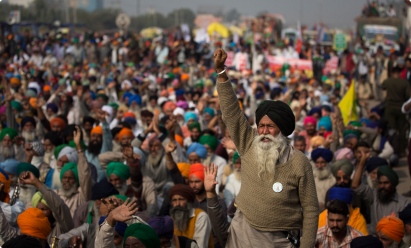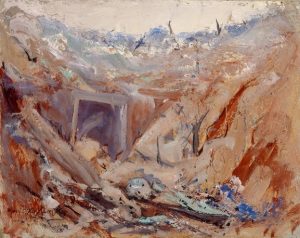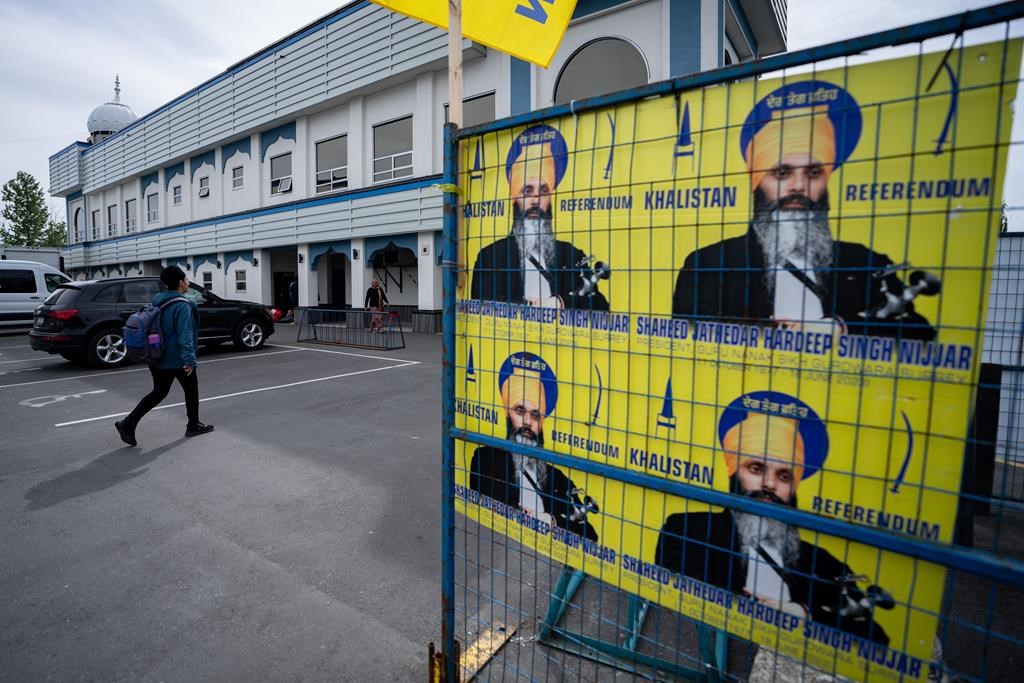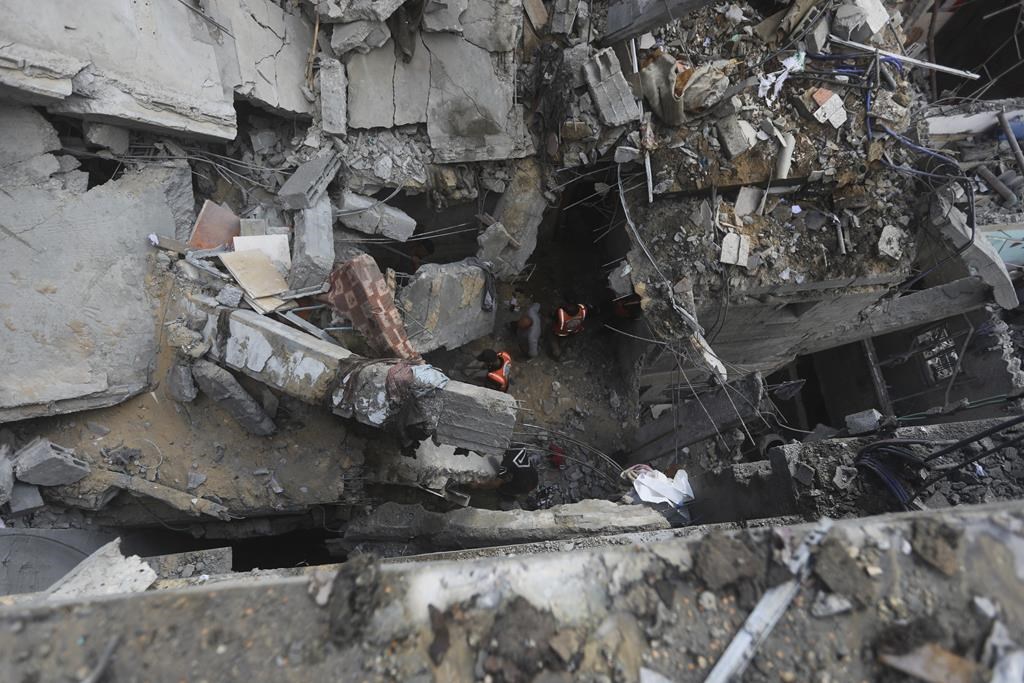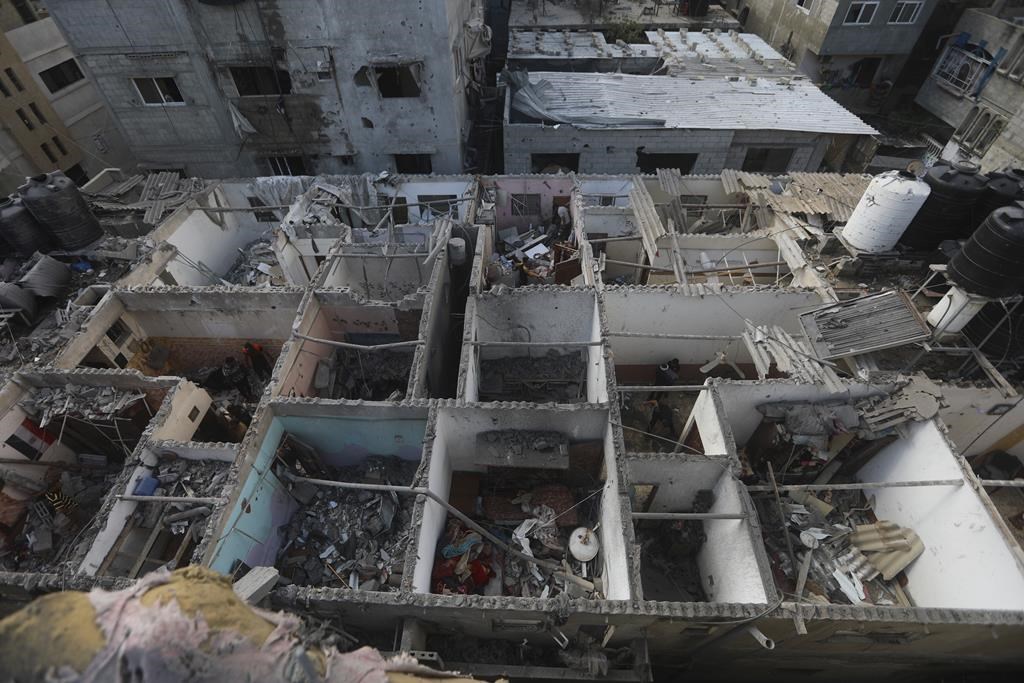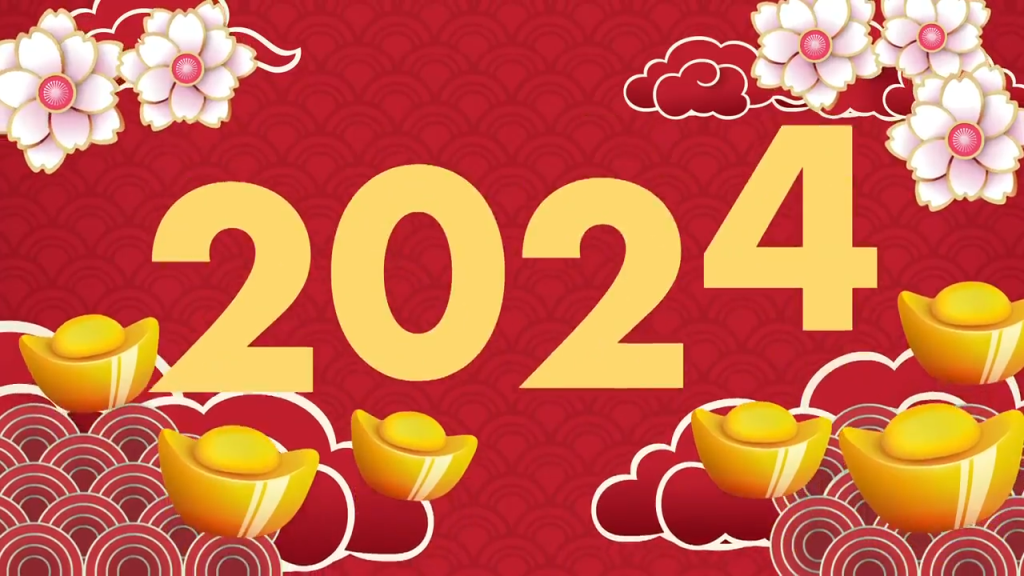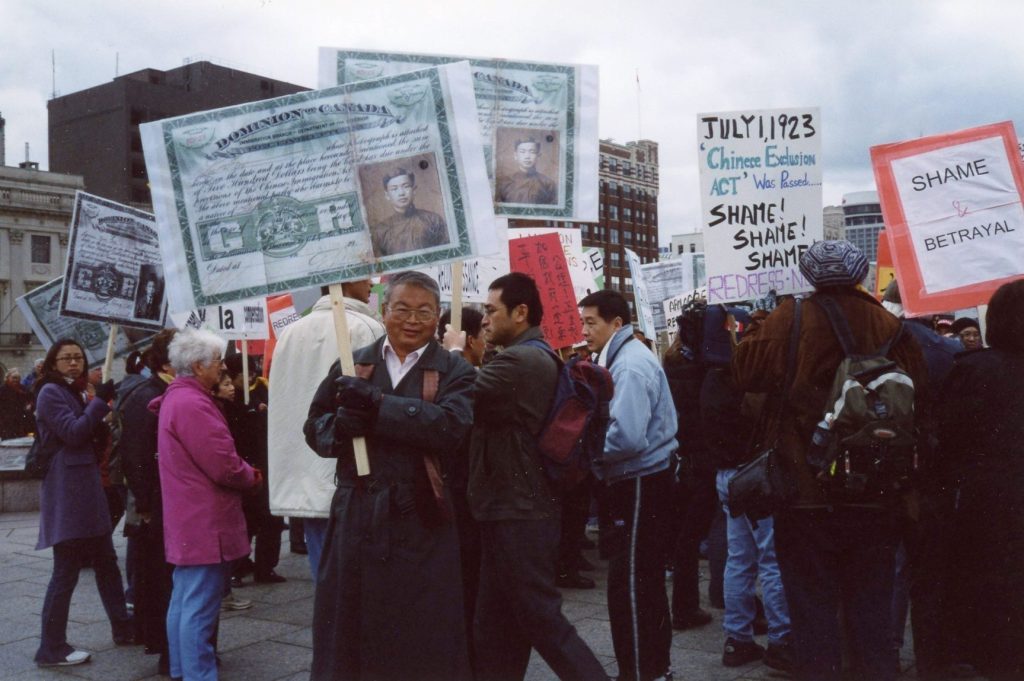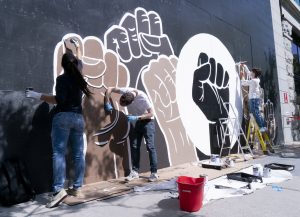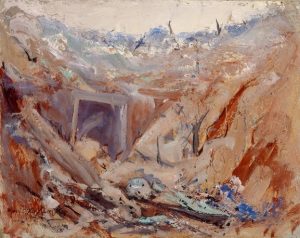
Irene Gammel felt compelled to write a book about Mary Riter Hamilton’s battlefield paintings because of their evocativeness and Mary’s determination to see the battlefields for herself.
As we commemorate the Canadians who have served and died for Canada on Remembrance Day, a new book also calls attention to Canada’s first unofficial female battlefield artist, who spent two and a half years visiting and painting the battlefields after the First World War and produced more than 300 artworks capturing the destruction and loss.
“It is absolutely stunning artwork,” said Gammel, a Ryerson University professor.
“It takes you right to the battlefields of Europe from 1919-1921. And she travelled to the most remote areas some of the areas that didn’t really figure in the important battles even.”
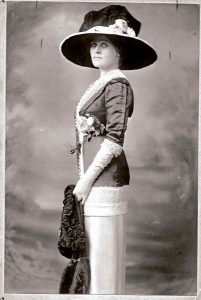
Hamilton’s 1919 Trenches on the Somme painting is featured in a new Canada Post stamp.
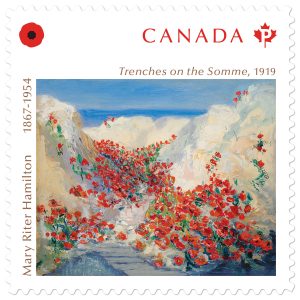
Gammel spent 10 years on the book trying to find and bring together Hamilton’s battlefield artwork that she brought back to Canada in 1925, but also to describe and analyze them.
“What is different with Mary Riter Hamilton was that she insisted on being in the battlefields for extensive periods of time, and really experience what they looked like, what they felt like, what they smelt like, and she communicates that in her work, so there’s that immediacy,” Gammel said.
But beyond documenting the realism of the war, Gammel said Hamilton really wanted to communicate the destruction and tragedy of the battlefields, where many soldiers who had died at the time were buried only in shallow graves, or still needed to be buried. Her artwork is notable for the many crosses featured in her paintings.
“When we look at Mary Riter Hamilton’s paintings, this is not a glorification of the war or anything like that, it is reminding the viewer of what the war had done,” Gammel said.
“And that was really important to her. She really wanted to show the loss of human life.”
Gammel said Hamilton found a way to talk about the difficult subject of death and loss through her artwork so we can witness and properly grieve over what’s happened.
